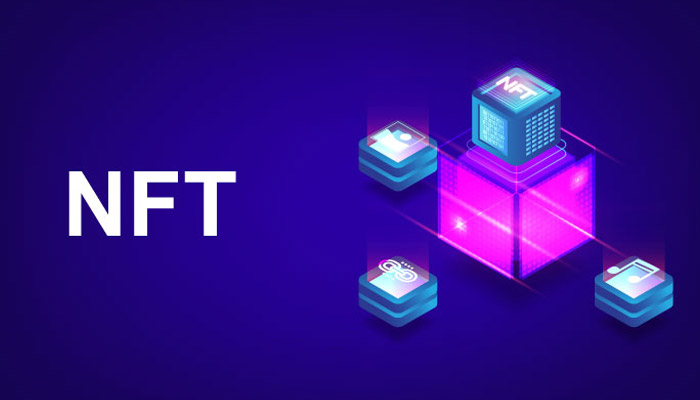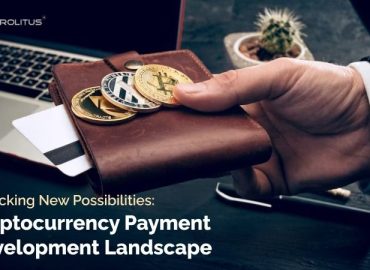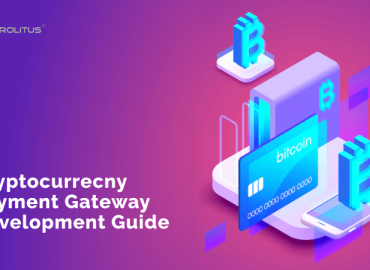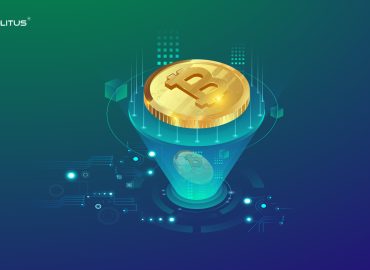Without a doubt, one can say that NFTs are quite popular. Every creator is now creating content specially to develop NFTs and earn some quick bucks. Yes, it’s true. The NFT Marketplace development industry now acts as a giant income system for talented creators like small-time artists and composers. One of the most interesting things about NFT is that it has persuaded people along the way and has very slowly altered the way we humans work on our finances. We believe so, in the future, NFTs will simply take over the need for financial institutions in all its entirety, and even if you believe it or not, it’s already embarked on its journey to achieve the same.
A short brief on NFTs
Before delving into the whole marketplace development process, it’s crucial to understand the whole concept of NFTs. Non-Fungible Tokens, as their name gives away, are tokens that have a non-fungible characteristic. They are unique assets, which means they cannot be interchanged with any other asset, even if the value of both the assets is equal. Each NFT is made up of metadata giving them a unique individual signature. The digital content of an NFT is linked to the Blockchain. Moreover, NFTs are a kind of cryptocurrency like Bitcoin, however, as discussed above, they cannot be inter-exchanged. And while cryptocurrencies like Bitcoin can hold money, NFTs can only hold assets like video game assets, images, artwork, tweets, domain names, et al.
NFTs have been very popular since 2017. However, only the true finance heads will know that they have been in existence – although not in popularity – since all the way back in 2012. There are certain properties and key characteristics of NFTs that have made them so popular in recent years. One of the most prominent ones has got to be the unique characteristic and the safety that comes along with it.
NFTs can also not be unified, unlike other tokens into smaller parts. This is true for most cases unless you buy the complete item. NFTs are also very easy to work with. After all, as one of the pioneers in the NFT Marketplace development industry, Prolitus can help you get an NFT in just a matter of time. The buying and bidding of NFTs take place through these marketplaces, and it’s a very smooth and flawless affair. We’ll get to it later in this blog.
What is an NFT Marketplace?
Just like any other marketplace, an NFT marketplace also functions like a place where items are sold and bids are placed for the buyers. Of course, the sellers and buyers are both present in the marketplace. Creators, artists, and buyers are all present and make this a common platform for dealing NFTs. The marketplace – which is essentially software – allows people to trade in NFTs and crypto collectables. And before you ask it, yes you do need a crypto wallet to make any kind of purchase or sale in the NFT marketplace.
What makes for a flawless marketplace experience?
We, at Prolitus, develop NFT marketplaces to the best standards ensuring a couple of things. The first priority is to make it lag-free and ensure high security. Therefore, it should provide secure transactions for all the present people. It should be easy to operate for the user replete with seamless wallet integration. There should be items to explore in various segments for the user to have some great purchasing choices. The transaction fees should be minimal, and the transactions themselves should be quick. At last, while doing all the above things, it should look elegant and modern.
How does an NFT Marketplace work?
The basic idea behind the functioning of every NFT Marketplace remains the same. However, there should be some uniqueness to a marketplace to make it worth the fuss. It should be based upon the requirement of the client. Now, from a client point of view, let’s discuss how these marketplaces work.
It is a must for the user to create an account on the NFT platform to access the marketplace. And, of course, as said earlier, a digital crypto wallet is a must to store the NFTs or make any transactions in the marketplace whatsoever. The user can now upload their work into the marketplace and showcase it as an asset. The buyer, on the other hand, can not put a pin on their preferred item. Once the item is live on sale, buyers can either buy it directly at a fixed price or go for an auction. When the item clears moderation, buyers can start bidding on the same. The user can now accept bids and can decide to stop whenever required and sell to the highest bidder. The transaction is then closed and the digital asset is transferred to the buyer while the fund is transferred to the user’s digital wallet.
A sneak peek into the NFT Marketplace Development
Once the Non-Fungible development company decides on the domains, the foundation of the marketplace is strengthened. A marketplace is known for its smart contracts, which, if you are unaware, is a smart self-executing contract and plays a vital role in marketplace development. Therefore, you ought to have a valid smart contract, should you plan on creating an NFT marketplace.
After that, there are steps like making a Storefront, allowing wallet integration, Ranking, Statistics, and activities of the collectables, making listings and sorting filters, giving away transaction options that should be correctly implemented in the Marketplace. You can reach out to us so that we can provide you with a flawless NFT Marketplace.





